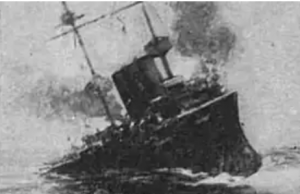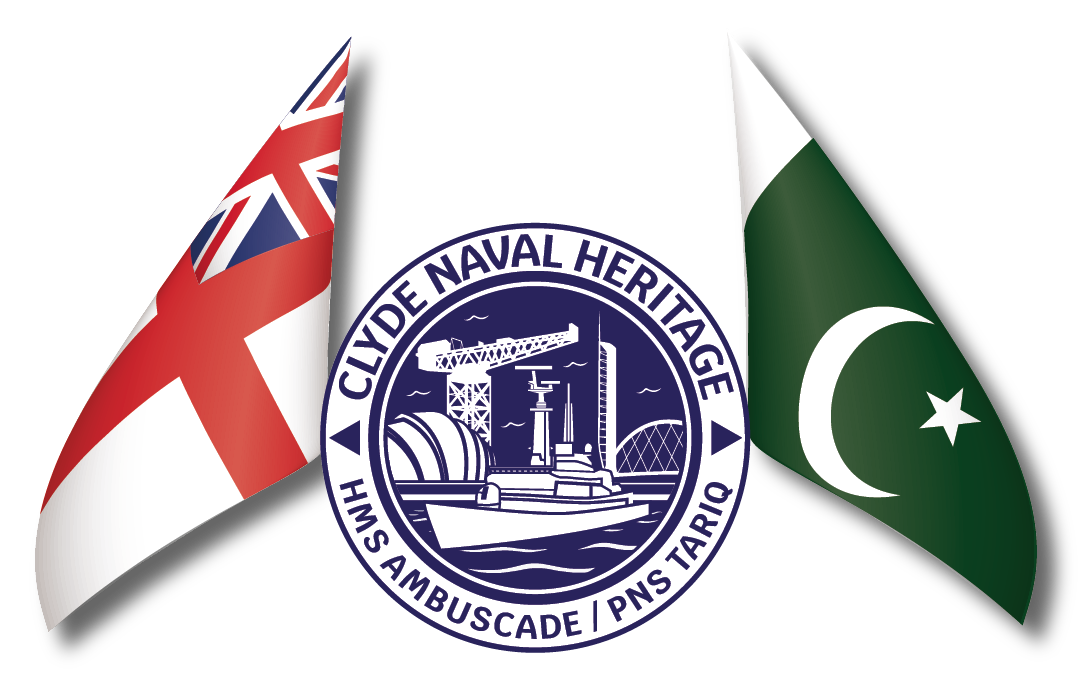HMS Hermes: The Story of a Revolutionary Cruiser
The HMS Hermes launched in 1898, holds a special place in naval history as one of the Royal Navy’s early experimental vessels that combined traditional and modern elements. Originally conceived as a Highflyer-class protected cruiser, her design and operational life illustrate the transitional phase of naval warfare at the turn of the 20th century. The ship underwent several changes in role and function throughout her service, including being repurposed as an experimental seaplane carrier, reflecting the evolving nature of naval strategy and technology during that era. This comprehensive article delves into her design, construction, service history, and ultimate fate, highlighting her contributions to naval innovation.

Design and Construction
HMS Hermes was ordered as part of the Highflyer-class protected cruisers, which were designed to operate as long-range scouts and trade protectors for the British Empire. Built at the Fairfield Shipbuilding and Engineering Company’s yard in Govan, Glasgow, she was laid down in 1897 and launched on April 7, 1898.
Key Specifications:
Displacement: 5,650 tons
Length: 350 feet
Beam: 54 feet
Draught: 20 feet
Propulsion: Two triple-expansion steam engines producing 10,000 horsepower
Speed: 20 knots
Armament:
11 × 6-inch guns
8 × 12-pounder guns
6 × 3-pounder guns
2 × 18-inch torpedo tubes
Armour:
Deck armour: 2 inches
Conning tower: 6 inches
Gun shields: 3 inches
The ship’s design incorporated a steel hull with a protective armoured deck, providing a balance between speed, protection, and firepower. While she maintained many traditional elements of earlier cruisers, her propulsion system and armament reflected newer innovations aimed at enhancing her combat and scouting capabilities.
Service History
Early Service (1899-1913)
HMS Hermes was commissioned in 1899 and entered service with the Channel Fleet. During her early career, she primarily served as a training and patrol vessel, honing her crew’s gunnery and navigation skills. As a member of the Highflyer-class, her role was to operate independently or as part of squadrons, protecting trade routes and projecting British power overseas.
In 1903, she was transferred to the Mediterranean Fleet, where she continued her patrol duties and participated in several naval exercises. Her long-range capabilities made her suitable for operations in the Mediterranean, where Britain sought to maintain its influence.
Conversion into a Seaplane Carrier (1913-1914)
In a pioneering move, the HMS Hermes was converted into an experimental seaplane carrier in 1913, marking a significant shift in her operational role. This conversion was driven by the Royal Navy’s interest in exploring the potential of aircraft in naval operations. To accommodate her new role, Hermes was fitted with a small hangar and a derrick for hoisting seaplanes onto the water. She could carry two to three seaplanes, which were mainly used for reconnaissance missions.
The experimental use of seaplanes from Hermes represented a critical step toward the development of naval aviation. While her conversion was relatively rudimentary compared to later aircraft carriers, it laid the groundwork for integrating air power into naval strategy.
World War I and Final Operations (1914)
With the outbreak of World War I in 1914, HMS Hermes was called into active service. Her primary task was to conduct reconnaissance and scouting missions along the British coast and in the North Sea. However, her service as a seaplane carrier was short-lived.
On October 31, 1914, while returning from an air reconnaissance mission near the Dover Strait, HMS Hermes was torpedoed by the German submarine U-27. The ship quickly took on water and sank within minutes. Of the 284 crew members aboard, 22 lost their lives. The loss of HMS Hermes highlighted the vulnerability of surface vessels to submarine attacks, emphasizing the growing importance of anti-submarine warfare.

Legacy and Impact
HMS Hermes was a unique vessel in the Royal Navy’s history, serving as a bridge between traditional cruisers and modern aircraft carriers. Her conversion into a seaplane carrier, although short-lived, demonstrated the potential of integrating aircraft into naval operations. This experiment paved the way for the development of dedicated aircraft carriers, which would become a central component of naval power in the decades to come.
Innovations and Contributions:
Early Naval Aviation Experimentation: As one of the first ships to carry and operate seaplanes, Hermes helped validate the concept of using aircraft for naval reconnaissance.
Strategic Flexibility: Her design and modifications allowed the Royal Navy to experiment with new technologies without the need to construct entirely new classes of ships.
Lessons for Future Carrier Development: The lessons learned from operating seaplanes on Hermes informed future designs, such as the HMS Argus, which became the Royal Navy’s first true aircraft carrier with a full-length flight deck.

